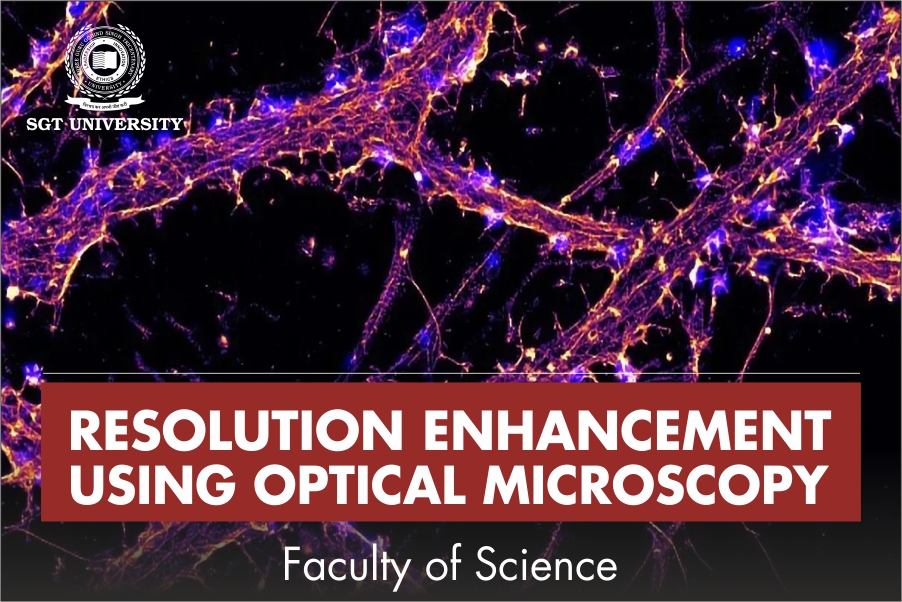High-resolution (HR) images with adequate details have important applications in numerous areas such as medical imaging, microscopy, satellite imaging, etc. Thus, the necessity for image quality is fast increasing. But, due to the hardware limitations such as sensor size, camera speed, cost, and optical limitations, it isn’t easy to obtain high-resolution images that satisfy the elementary requirement for applications.

Instead of decreasing the effects of these limitations by working on the camera itself, resolution enhancement techniques process the image acquired under the constraints and try to reconstruct one or more high-resolution images. Many attempts have been performed to resolve this dilemma, advancing an emerging research area in image processing.
This post-processing step utilises multiple input LR images of the same scene or a single LR image to estimate higher spatial resolution images with fewer degradation effects and better quality. The estimated image should provide better visualisation and extract additional information from the input images.
What is Fourier Ptychography?
Fourier Ptychography is a computational imaging technique for high space-bandwidth product imaging. This method captures a set of low-resolution images, which relate to different Fourier sub-spectra of the sample.
A reconstruction algorithm can obtain a large field-of-view and high-resolution image by stitching these sub-spectra together in Fourier space. In Fourier ptychographic microscopy, the incident light is assumed to be a plane wave. The low-resolution images are captured under different incident angles from the LEDs placed at various locations.
The measurements suit different sample Fourier sub-spectra. Due to its simple setup, Fourier ptychographic microscopy has been widely applied in 3D imaging, fluorescence imaging, mobile microscope, and high-speed in vitro imaging. A typical Fourier ptychography platform consists of an LED array (Fig 1(a)) and a conventional microscope with a low numerical aperture objective lens (Fig. 1(b)).


The LED array is used to illuminate the sample in series at different incident angles (one LED element corresponds to one angle of the incident). Fourier ptychography records a low-resolution intensity sample image at each illumination angle using a microscopic camera (Fig 1(c)).

Under the thin-sample assumption, every acquired image maps the sample spectrum uniquely to a separate passband. The Fourier ptychography algorithm then recovers a complex, high-resolution sample image by restricting its amplitude to fit the acquired low-resolution image series and its spectrum to fit the Fourier panning limit. Essentially, FP implements angular diversity functions to recover the complex, high-resolution sample image compared to traditional ptychography’s translational diversity functions.
Written By:-
Ms Pooja Singh, Assistant Professor,
Department of Physics, Faculty of Science, SGT University, Gurgaon, Haryana




